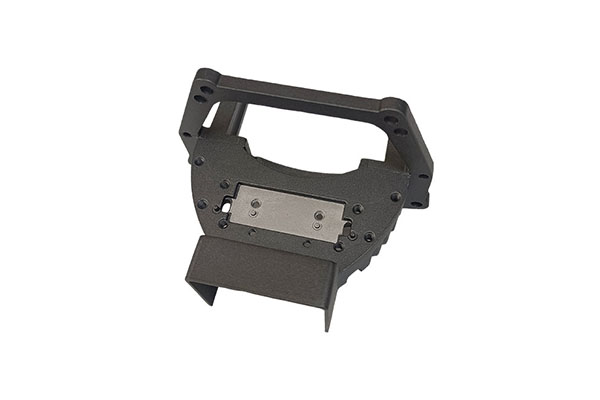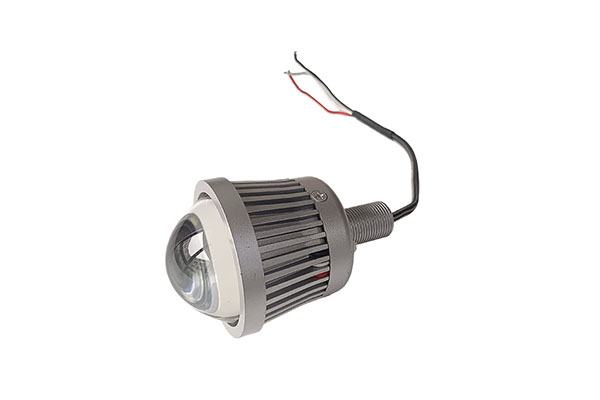Discussion on the security technology of car alarm against electronic interference and cracking
Release Time : 2025-05-13
At a time when automotive electronic technology is developing rapidly, car alarms are facing threats from a variety of electronic interference and cracking methods. Criminals often use signal jammers to block the communication between the anti-theft device and the owner's mobile phone or key, making it unable to alarm normally; obtain the working frequency band of the anti-theft device through frequency scanning equipment, and then use the same frequency signal jammer to create interference, causing the anti-theft device to misjudge or fail. What's more, with the help of professional electronic equipment, the encryption system of the anti-theft device is cracked to obtain the key, thereby bypassing the anti-theft system and illegally unlocking the vehicle. These attack methods have brought severe challenges to car anti-theft.
Encryption technology is the core line of defense for car alarms to resist cracking. Traditional anti-theft devices mostly use simple fixed coding methods, which are extremely easy to crack. Nowadays, advanced anti-theft devices generally use dynamic encryption technology, such as rolling code encryption. Every time the vehicle is unlocked or the anti-theft device triggers an alarm, the code sent will change randomly. Even if the criminals intercept the code once, they cannot use it again. In addition, some high-end anti-theft devices have introduced asymmetric encryption algorithms, which use the encryption and decryption mechanism of public and private keys to greatly improve the security of data transmission and make the cracking difficulty exponentially increase.
In order to deal with electronic interference, car alarm uses a variety of shielding and anti-interference designs in signal transmission. On the one hand, by optimizing the antenna design and layout, the directional transmission capability of the signal is enhanced and the reception of external interference signals is reduced. For example, a built-in shielded antenna is used to isolate interference signals with a metal shielding cover. On the other hand, the frequency hopping technology is used to enable the anti-theft device to continuously change the communication frequency during operation to avoid interference signals of fixed frequencies. At the same time, a signal filtering circuit is added to screen and process the received signals, remove clutter, and ensure the accurate transmission of effective signals.
The application of multiple sensing technologies provides more comprehensive protection for car alarm. In addition to traditional vibration sensors, today's anti-theft devices also integrate inclination sensors, pressure sensors, ultrasonic sensors, etc. Vibration sensors can detect abnormal vibrations of vehicles, inclination sensors can sense whether the vehicle has been illegally moved, pressure sensors can monitor the opening status of doors and windows, and ultrasonic sensors can detect whether there is abnormal intrusion in the car. These sensors work together to monitor the vehicle status from multiple dimensions. Once an abnormality is found, an alarm is triggered immediately, which greatly improves the accuracy and reliability of anti-theft.
Intelligent learning and adaptive technology enable car alarm to automatically adjust its working mode according to the actual use environment. The anti-theft device can learn the owner's daily car-using habits and the parking environment of the vehicle, identify normal vehicle operation and environmental changes, and avoid frequent false alarms caused by misjudgment. For example, when the vehicle is parked in a noisy construction area, the anti-theft device can automatically increase the trigger threshold of the vibration sensor to reduce false alarms caused by external noise interference; when the vehicle is in an unfamiliar environment, it will strengthen monitoring and improve the security protection level.
With the development of Internet of Things technology, car alarm is gradually combined with cloud systems to build a comprehensive security protection system. The anti-theft device uploads vehicle status information to the cloud server in real time, and the owner can view the vehicle's location, anti-theft status and other information anytime and anywhere through the mobile phone APP. The cloud system uses big data analysis technology to analyze the vehicle's driving trajectory, operation records and other data. Once abnormal behavior is found, such as the vehicle moving at an abnormal time or place, it will immediately issue an early warning to the owner. At the same time, the cloud server can also regularly remotely upgrade the anti-theft system of the anti-theft device, repair security vulnerabilities, and enhance the protection ability of the anti-theft device.
In the future, the security technology of car alarm to resist electronic interference and cracking will develop in a more intelligent and integrated direction. Artificial intelligence technology will further enhance the autonomous judgment ability of the anti-theft device and achieve more accurate risk identification; the application of blockchain technology is expected to provide safer and more reliable protection for data transmission and storage. However, the development of technology also brings new challenges. For example, with the increasing complexity of vehicle electronic systems, the compatibility problem of anti-theft devices and other vehicle systems needs to be solved; at the same time, hacker attack methods are also constantly upgrading, which puts higher requirements on the security protection of anti-theft devices.







